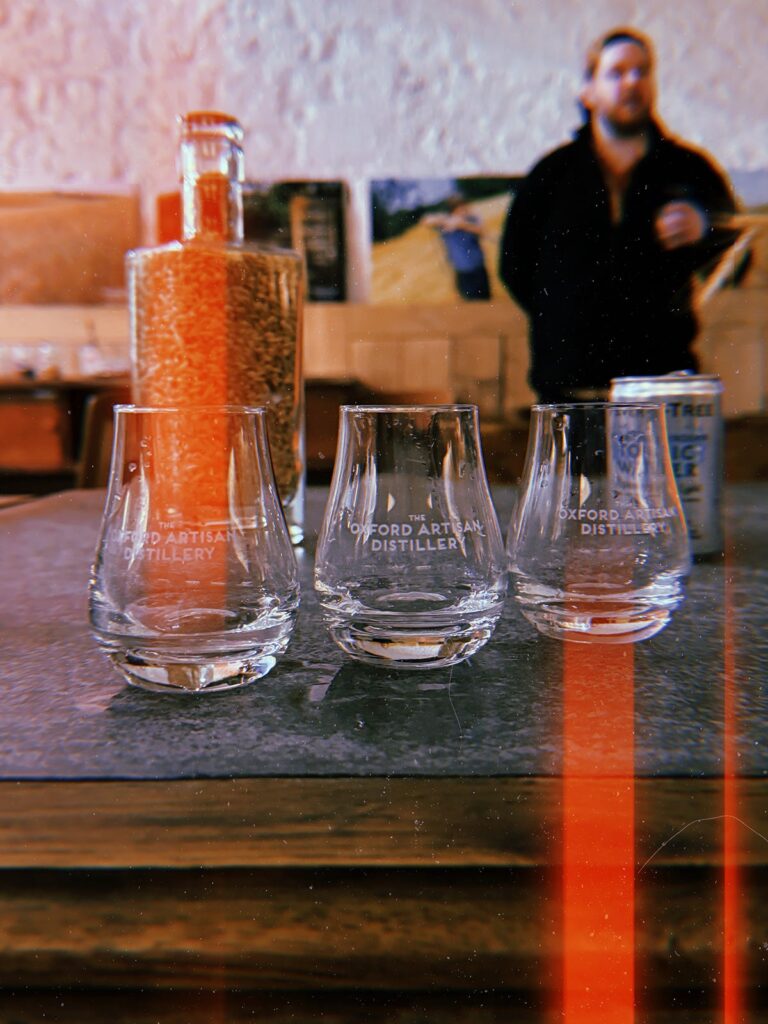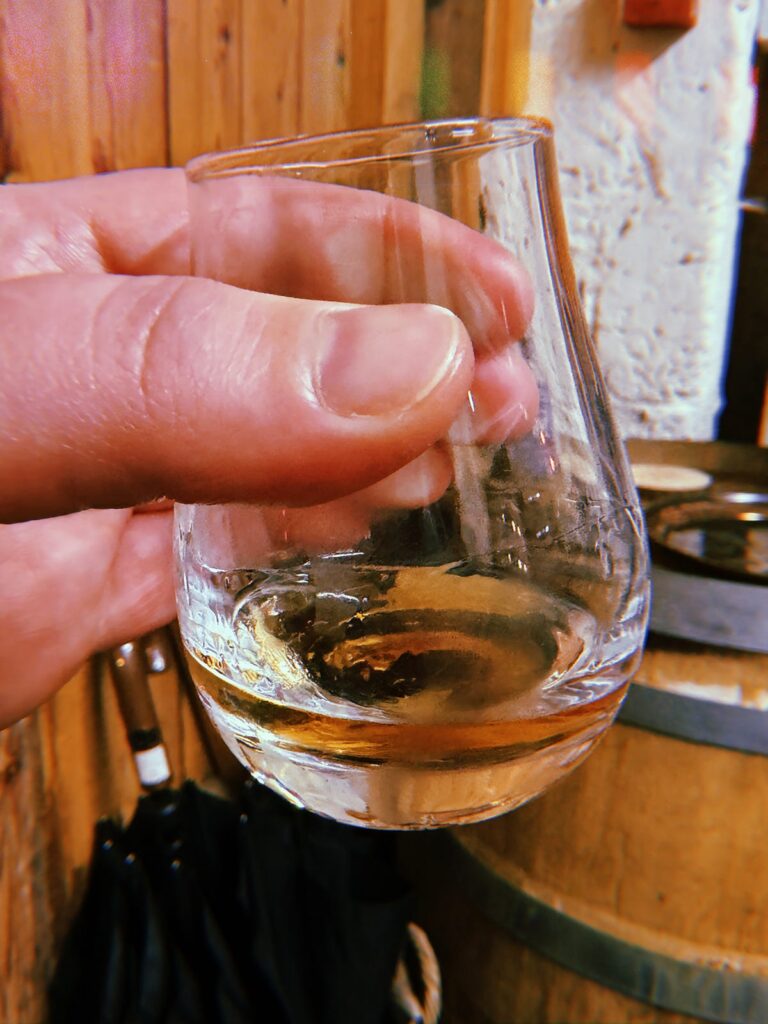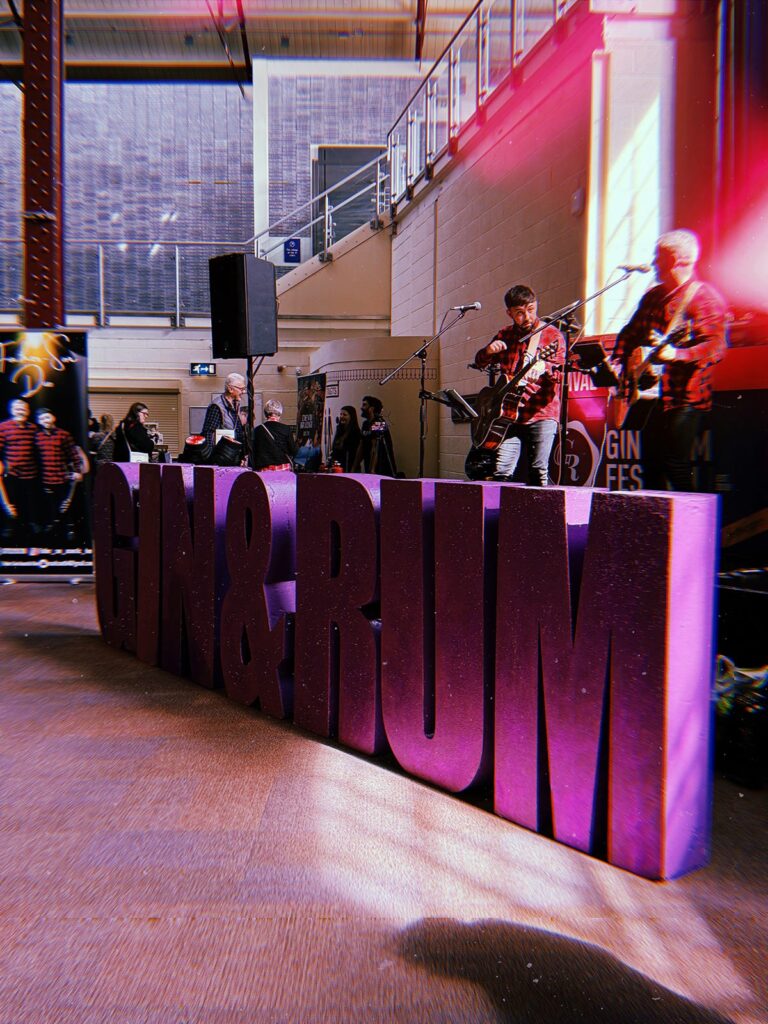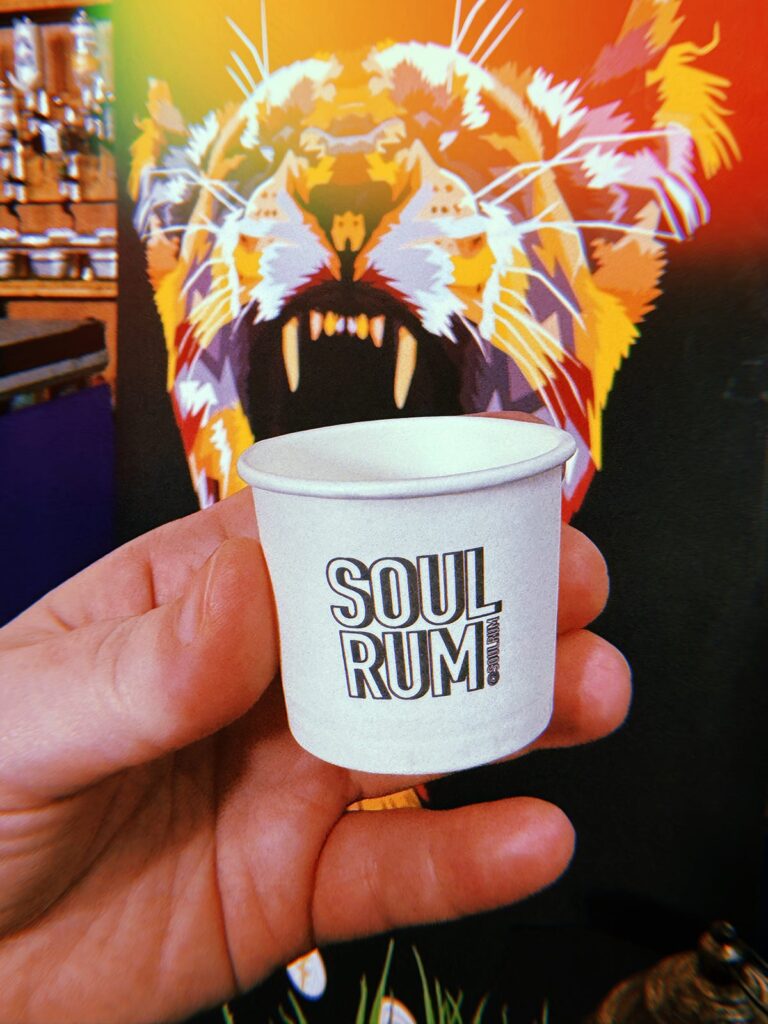Confessions of a Craft Drinker (and why my current vibe doesn’t match my tribe)
Confession no. 1
I don’t know how many Portuguese men o’ war are out there.
I recently woke up with one burring question on my mind. Precisely, “How many men o’ war are currently in the sea”? Subsequently, after conduction some of them research ventures writers do from time to time, I wondered how many explosive cnidocyte cells that would be at a given time?[i] You might be thinking odd question to wake up to, and you would be right, the husband still thinks it’s rather funny, but regardless, I do not know how many are alive and I’m dying to know. I’m sure, I would have found out had I stayed asleep a few more minutes.

Confession no. 2
I was today years old when I learned that the first coffeehouse in England was opened in 1650 in Oxford.
“[…] This yeare Jacob a Jew opened a coffey house at the Angel in the parish of S. Peter, in the East Oxon; and there it was by some, who delighted in noveltie, drank. […]” [ii]
This might be a useless fact to some, but the point for me is, that I had been walking past the building most of my British life, without ever knowing about its history. I walked past it, coffee in hand. Oblivious to former times.
If you know me, you know that I do like, no scratch that, love my coffee. I’ve managed to keep my personal consumption within healthy boundaries these days, but by the goats who first munched on the coffee cherries, I certainly appreciate the stuff.
The husband and I are currently trialing single origin coffee beans from Colombia. I’ll keep you posted.
And now, for the biggest confession today and the reason behind my month-long hiatus from #DrinkiesWithTheChimp.
Confession no. 3
I am confused. I lost sight of my tribe.
My preference in drink flavours is in flux, and I’m perplexed by it. I used to be fairly sure of what I wanted in a drink, what I wanted to get out of the experience. An as-dark-as-my-soul Stout. A warm breadcrust and hay fever-inducing clean Pilsner. Complex sweaty horse and leather ciders. Honeydew melon and lemon sherbet perry. A funky Belgian lambic dripping in salinity. Zippy lime and petrol Riesling. Vibrant banana and pineapple Chenin Blanc. Floral and spicy Weizen. Orange Marmalade Best Bitters. Lemony Blanche. And, regardless of where I found myself, I felt at home.
Recently, however, I noticed I’m drawn towards hop bitterness and juicy tropical fruits, oaky cinnamon and clove, woody coconut and spice. Grassy, vegetal notes. Peat, ash and smoke.

I am with Rachel Hendry when it comes to compound drinking[iii], I’ve always enjoyed my ciders, beer and ales without constructing neat little concept boxes for them. I switched and swapped and glugged and sipped – whether fermented apple, grape or grain. I’m a Craft Drinker. I don‘t have time for bad beer, cider, wine or spirits.
I seek locally made beverages over ones that travelled across the globe o reach me. I believe in craft – whether traditionally made or with contemporary interpretations. Compound drinking suits me, I‘m not just a beer drinker, or a cider drinker. Nor do I want to be defined by just one drink.
I’m in an exciting place with my WSET[iv] journey, I sat, wrote, blind tasted and passed my Pommelier assessment and I’m looking forward to being On the Road to Cicerone. I’ve learned so much from drinking and tasting beer, cider, wine and spirits. Yet my preference for certain aromas and flavours hovered around the same reference points, pretty much ever since I consciously started drinking for contentment, and not inebriations.

Well, alas, not anymore… somehow… it seems.
The husband and I met the #DesignatedResponsibleAdult at a Gin and Rum festival a couple of weekends ago. This was only the second gin festival I’ve attended, with Junipalooza last year being my initiation into the world of juniper-soaked festivities. Spirit festivals, and some beer festivals too actually, can get pretty messy as some punters go there to get wasted instead of sampling. Heard of a spittoon my friend? But thankfully, most troublemakers are escorted off the premises pretty sharply.
Curiously (or maybe not), I’ve not experienced the same “must-get-utterly-inebriated-before-the-session-ends” vibes at cider festivals. Us cider people are built differently and appreciate a good drop when we see one.
Regardless of my past juniper-immersed participation, I wasn’t there to sample gin. I was keen to sample some rum, and hopefully Rhum Agricole (which, sadly I could not find, but that’s another story for another time).

After perusing the various options, I sampled a few Navy Strength Rums, a few Spiced Rums and a few Fruit-Flavoured Rums. Some more, some less successful.
Then, my eyes caught a peated gin. Peated Gin? The husband, at once, recoiled with disapproval. He certainly isn’t one for anything that even slightly suggests smoky, ashy or burned notes. Shout Islay and he’ll run. But I was always fascinated by the mossy, medicinal and/or smoky flavours.
When I get the urge for meaty, savoury smoke, I usually opt for Aecht Schlenkerla Rauchbier, the classic Märzen[v] to be precise. It’s bread, smoke, bacon, umami and, well beer. But a smoky, peated gin?
The #DesignatedResponsibleAdult was first in and tried it, subsequently recommended it and a second later I was holding a small measure in my hands. I’m told it is a gin made for whisky lovers, transporting the drinker straight to the Scottish Hebrides, rain, wind, smoke and all.
I have to say I find this description a bit too reductive and simplified. Yes, whisky and peat go hand-in-hand, but so does oak. Afterall, a Scotch Whisky can only be called a Scotch after it was matured in oak casks for three years, but I digress. Let’s just say that I think you don’t have to be a whisky lover to enjoy a peated drink. Whisky does not equal whisky.
But, my oh my, I can still taste it now – what a flavour experience. I called it a day after that sample though, as my palate was shot after that unsurprisingly. Regardless, the moment was perfect.

Yet this precise instant, also signifies the changing tides of my flavour preferences rather loudly. It began very subtly, with the odd tot of gin here and there, but now has started to morph and take on shape. I am currently drawn to more intense flavour experiences, be that a peated gin, a spiced rum, a dank West Coast IPA, a juicy NEIPA, an oaky Malbec or an English Whisky aged in a Sauternes barrel. I currently don’t fancy dry stouts, bittersweet ciders, floral pale ales. I seem to want bold flavours and I want them to smack my taste buds into submission. And that, dear reader, leaves me confused as I equally long for that satisfying pint of Best Bitter. That pint that hugs you and comforts you while you sip it with friends, yet when I hold one, I don’t enjoy it as much as I wish I would. And there lies the problem: the husband is currently riding the golden ale wave and his longing for cask offerings clashes with my newfound vibe for loud craft flavours. I don’t discriminate though, it seems, as I’m happy to sip spirits, wines and beers.
I know our preferences can change, and this is not the first time my flavour predications have done a 180, nor will it be the last time I suspect.
And isn’t this, what being a craft drinker is all about – seeking, building and destroying contemporary traditions and traditional modernity?
Yours,
Respectfully content in confusion.
xxx
[i] “[…] Cnidocytes (“cnidos is Greek for “stinging nettle”), common to species in the diverse phylum Cnidaria, can launch a toxic barb or blob or enable cnidarians to stun prey or deter invaders. […]” See: Cornell University, Department of Ecology & Evolutionary Biology. Blackwood, Kate (2022) Jellyfish’s stinging cells hold clues to biodiversity https://ecologyandevolution.cornell.edu/news/jellyfishs-stinging-cells-hold-clues-biodiversity [Accessed 25/04/2024]
[ii] The Life and Times of Anthony Wood, antiquary of Oxford, 1632-1695, described by Himself. Collected from his Diaries and Other Papers by Anfrew Clark, M.A. Volume 1: 1632-1663, pp. 168-169 (1891)
[iii] Burum. Hendry, Rachel On Compound Drinking https://www.burumcollective.com/posts/on-compound-drinking [Accessed 25/04/2024]
[iv] WSET| Wine & Spirit Education Trust, https://www.wsetglobal.com [Accessed 25/04/2024]
[v] Schlenkerla – die historische Rauchbierbrauerei Aecht Schlenkerla Rauchbier – The classic smoked beer https://www.schlenkerla.de/rauchbier/beschreibunge.html [Accessed 25/04/2024]

Leave a Reply